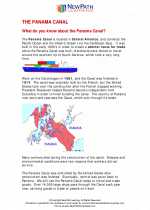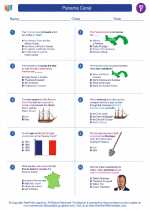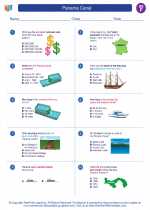Texas
Texas is the second largest state in the United States, both in terms of area and population. It is located in the southern part of the country and is known for its diverse culture, rich history, and unique geography.
History
Texas has a complex history, having been ruled by several different countries before becoming independent and eventually joining the United States. It was originally inhabited by indigenous peoples, and later became part of the Spanish Empire. In 1836, Texas declared its independence from Mexico and became the Republic of Texas. It joined the United States in 1845, leading to the Mexican-American War. The state played a significant role in the Civil War and has since been a major influence in U.S. politics and culture.
Geography
Texas has a diverse geography, including deserts, forests, mountains, and coastline. It is home to the famous Rio Grande River, which forms part of the border with Mexico. The state also has several major cities, including Houston, Dallas, Austin, and San Antonio.
Economy
Texas has one of the largest and most diverse economies in the United States. It is a major producer of oil and natural gas, as well as being a leader in industries such as agriculture, technology, and healthcare.
Study Guide
- What is the significance of Texas in the history of the United States?
- Describe the geographical features of Texas.
- What are some major cities in Texas and what are they known for?
- How has the economy of Texas contributed to its influence in the United States?
Studying the history, geography, and economy of Texas can provide valuable insights into the development of the United States as a whole, as well as the unique characteristics of this diverse and influential state.
[Texas] Related Worksheets and Study Guides:
.◂Social Studies Worksheets and Study Guides Sixth Grade. Panama Canal

 Worksheet/Answer key
Worksheet/Answer key
 Worksheet/Answer key
Worksheet/Answer key
 Worksheet/Answer key
Worksheet/Answer key
